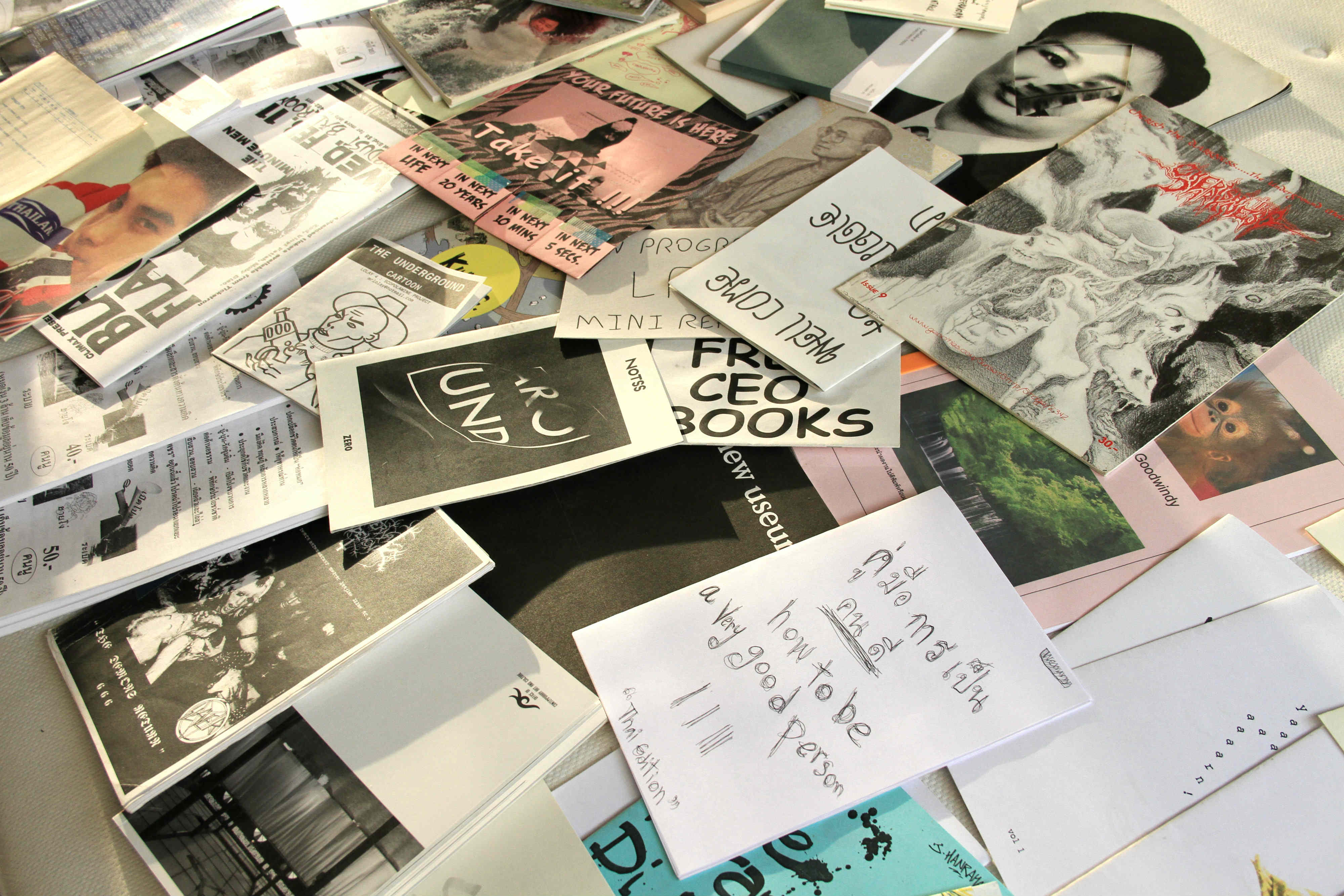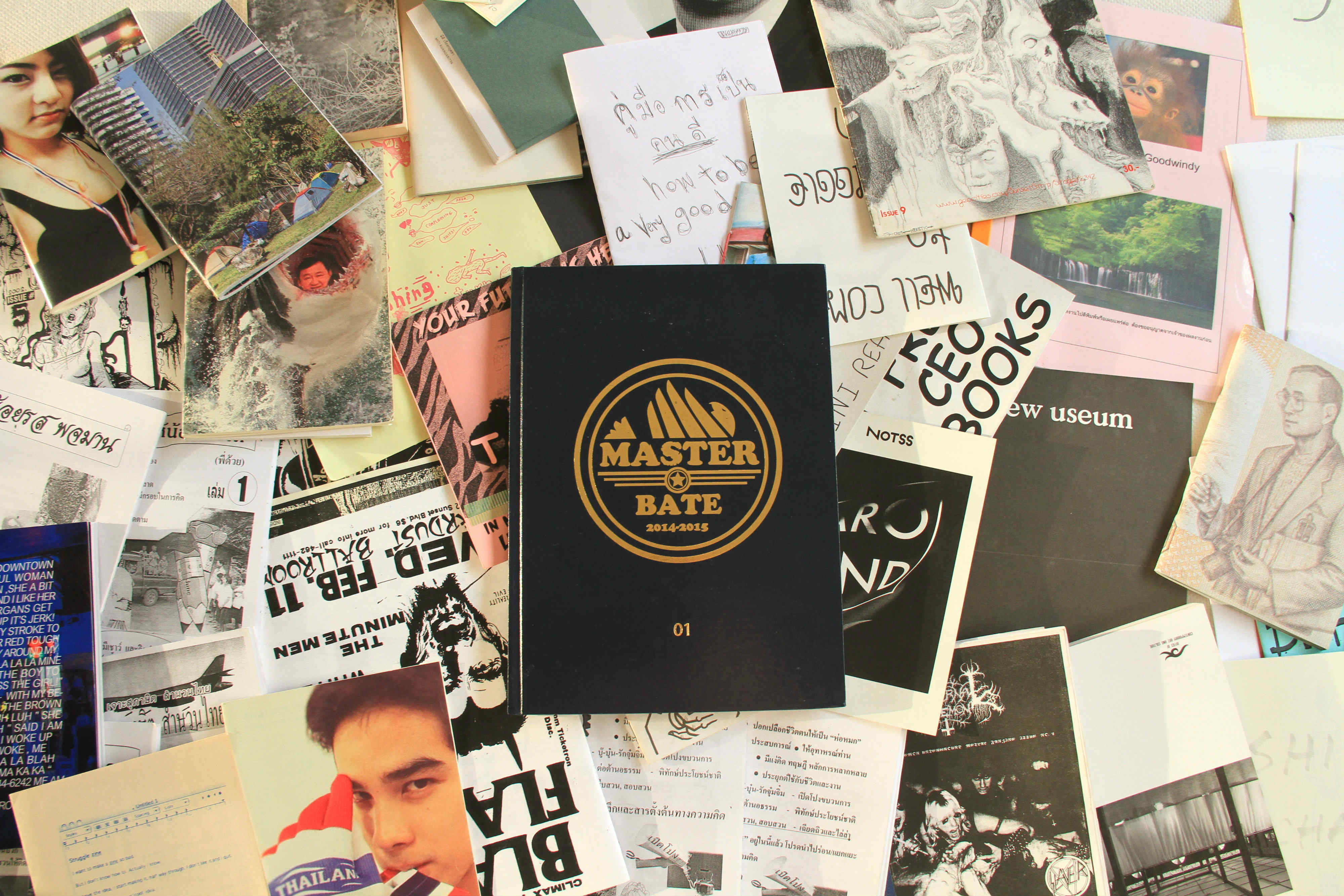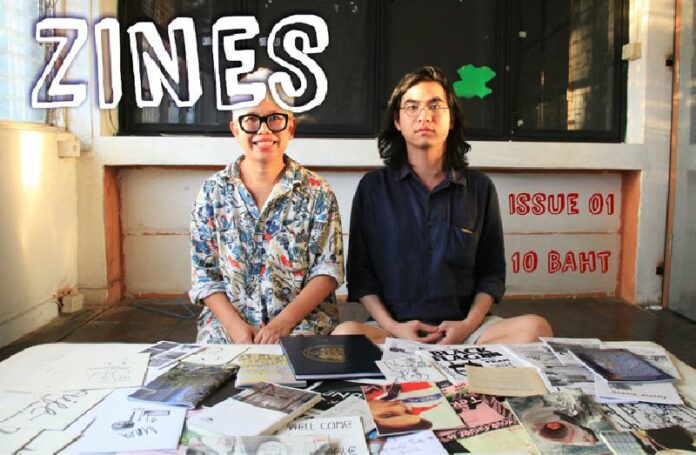
BANGKOK — If there was a Faculty of Zines, Grisana “Chris” Eimeamkamol would be its dean.
The 24-year-old was introduced to the world of DIY printing in Melbourne while tagging along his high-school punk skater gang to a bookshop at a downtown subway. The literally underground shop, Sticky Institute, only sold books crafted by amateur hands. He soon became a regular, whenever he hit downtown Melbourne.
That exposure to piles of raw print, humming xerox machines, long-arm staplers and what he describes as a generally “nerdy smell” marked Chris’ entry into a counterculture scene of self-publishing that since fading with the advent of the World Wide Web is enjoying a revival, including a small but thriving scene in the capital city.
It wasn’t until a couple years later when he was in college that Chris found the time to make his first zine (short for fanzine). “Two Face” was a paper-mache comic book riffing on aliens and conspiracy theories such as Queen Elizabeth II being a reptilian shapeshifter. More zines with political themes and topics such as his former vegan lifestyle followed.
When Chris returned Thailand in 2013, it seemed he was alone in his passion. He was giving up on finding a scene here until he met a few like-minded people. It turned out that Pongsuang “Note Dudesweet” Kunprasop was a zinester, as was Chatchai Susoradit who publishes Cherish The Darkness, which just celebrated 20 years and is believed to be Thailand’s first zine.
He also met fellow zine geek Unchalee “Lee” Anantawat, who at the time had just opened her Speedy Grandma gallery.
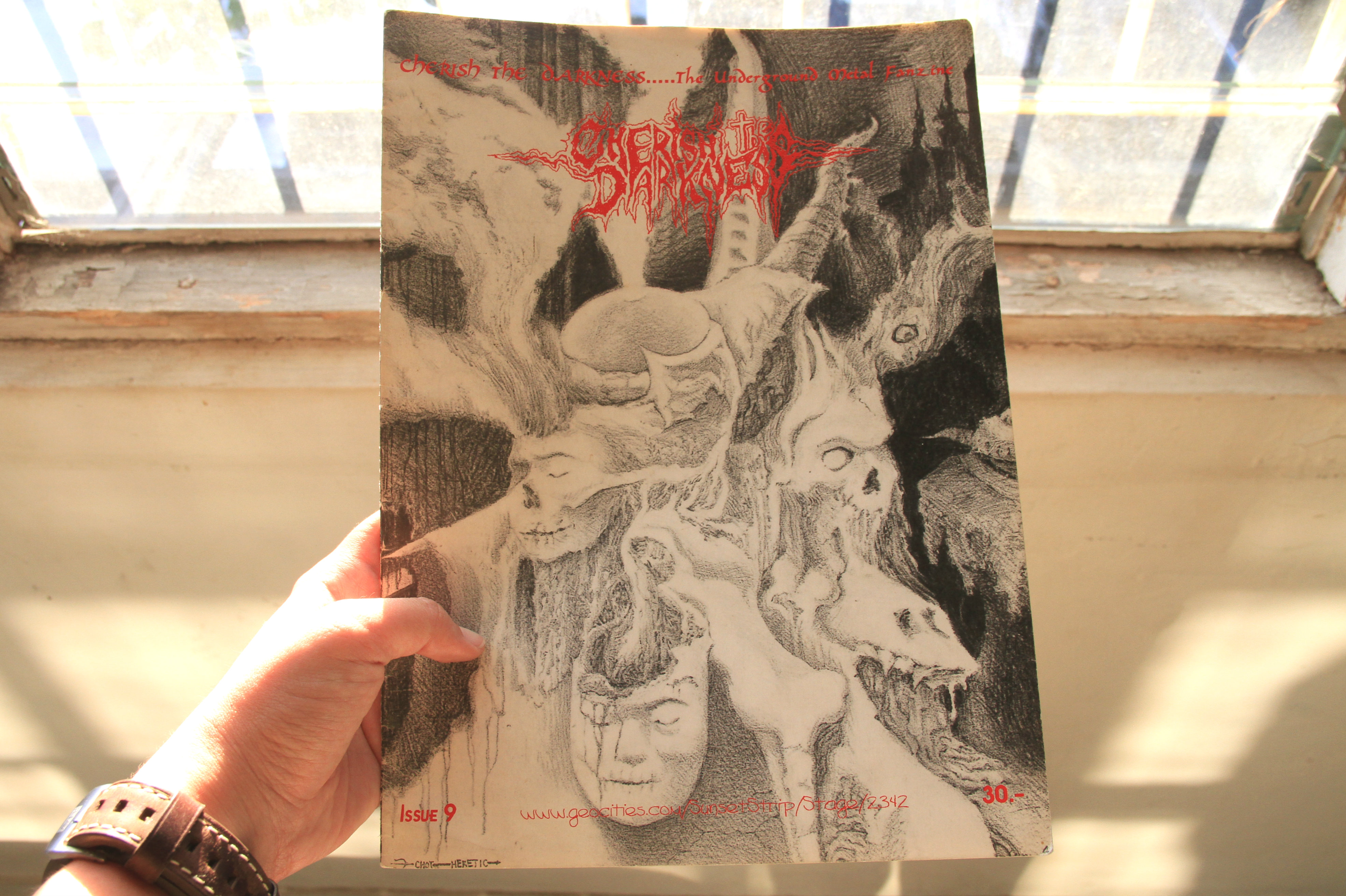
On a recent afternoon, Chris and Lee were at the Soi Charoen Krung 28 gallery poring over piles of the low-cost, small-run publications and discussing their life after death in the Web Age.
Zines started in Western countries, Chris said, with topics considered outsider, aggressive or antisocial such as hardcore punk or metal.
Chris, whose heart still maintains a punk beat, said that they exploded in popularity when reproduction technology such as photocopying machines made it cheap and easy for anyone to create their own.
At the turn of the century, there were even zine fairs in Bangkok. Lee traces her how-I-met-zine story back to one on Phra Atit Road at a festival hosted by indie radio station FM 104.5 Fat Radio.
“I went to Fat Festival’s zine fair on Phra Atit Road around 2001 or 2002. Zines were at their peak at the time,” the Speedy Grandma co-founder said.
Whereas zines in the West vanished as soon as anyone could roll a Geocities site, they endured until internet access became widespread in Thailand in 2004 or so. Most Thais turned to blogs, boards or services such as Exteen, Pantip and Thaimail.
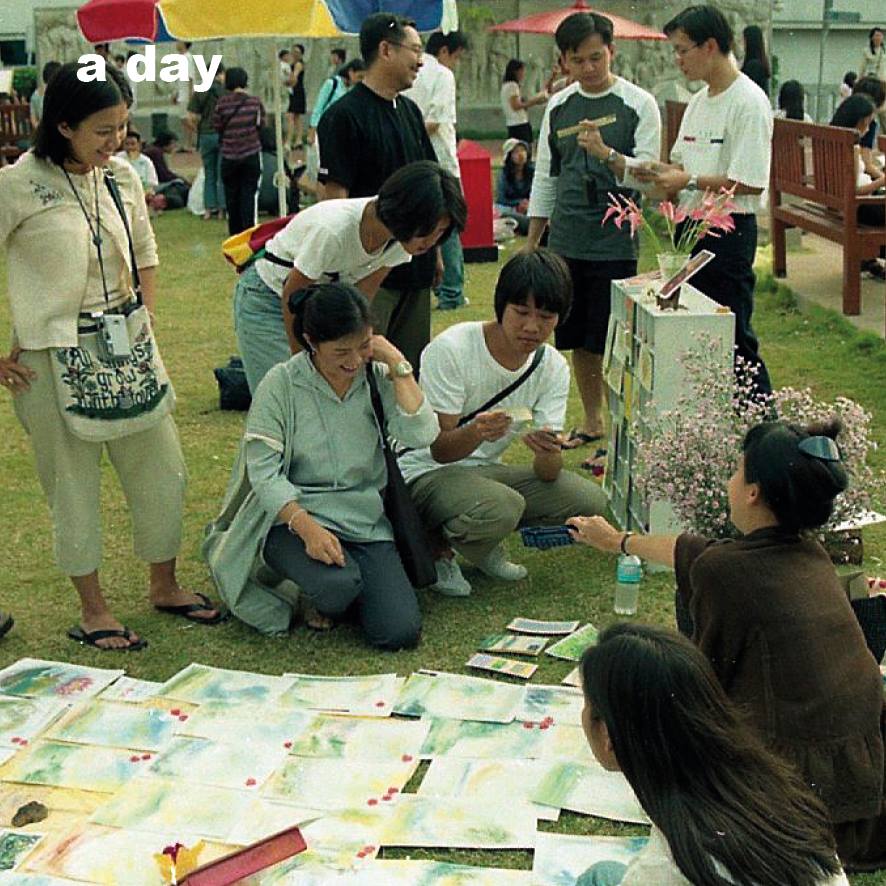
But now sentimentality and net fatigue are helping fuel a small but growing scene. Looking to rebuild a community after a decade gap, Chris and Lee hosted their first zine-making workshop in 2013 at Speedy Grandma with around 14 participants.
“We discussed zine history, ideas they wanted to put into their zines, and we helped guide them with techniques. The last Saturday ended with us all going to print the zines together,” 34-year-old illustrator Lee said, pulling out a pile of the zines produced by her students.
Thinking it might be a one-time thing, they were surprised to get more calls from interested participants.
Paper Mirrors
Zines are part of the cultural record because they capture very specific strains of individuality: the music, fashion and ideas their makers are most passionate about.
While the digital age promised a world where everything could live forever in 1s and 0s, Lee said it’s proved less permanent.
“Recently I keyed in a website which used to be very popular,” she said. “But it was completely gone. No way I could get back that website again.”
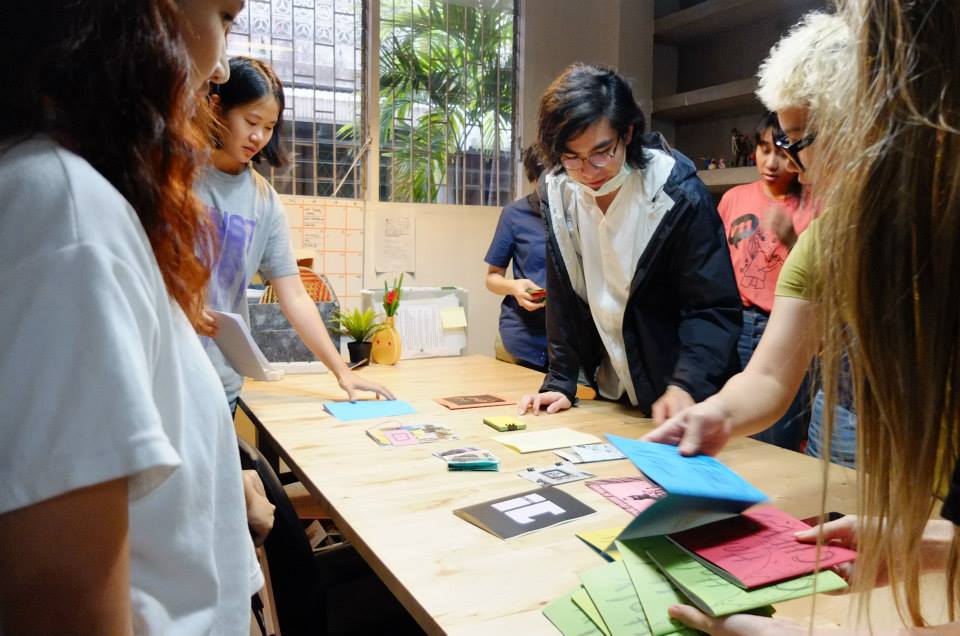
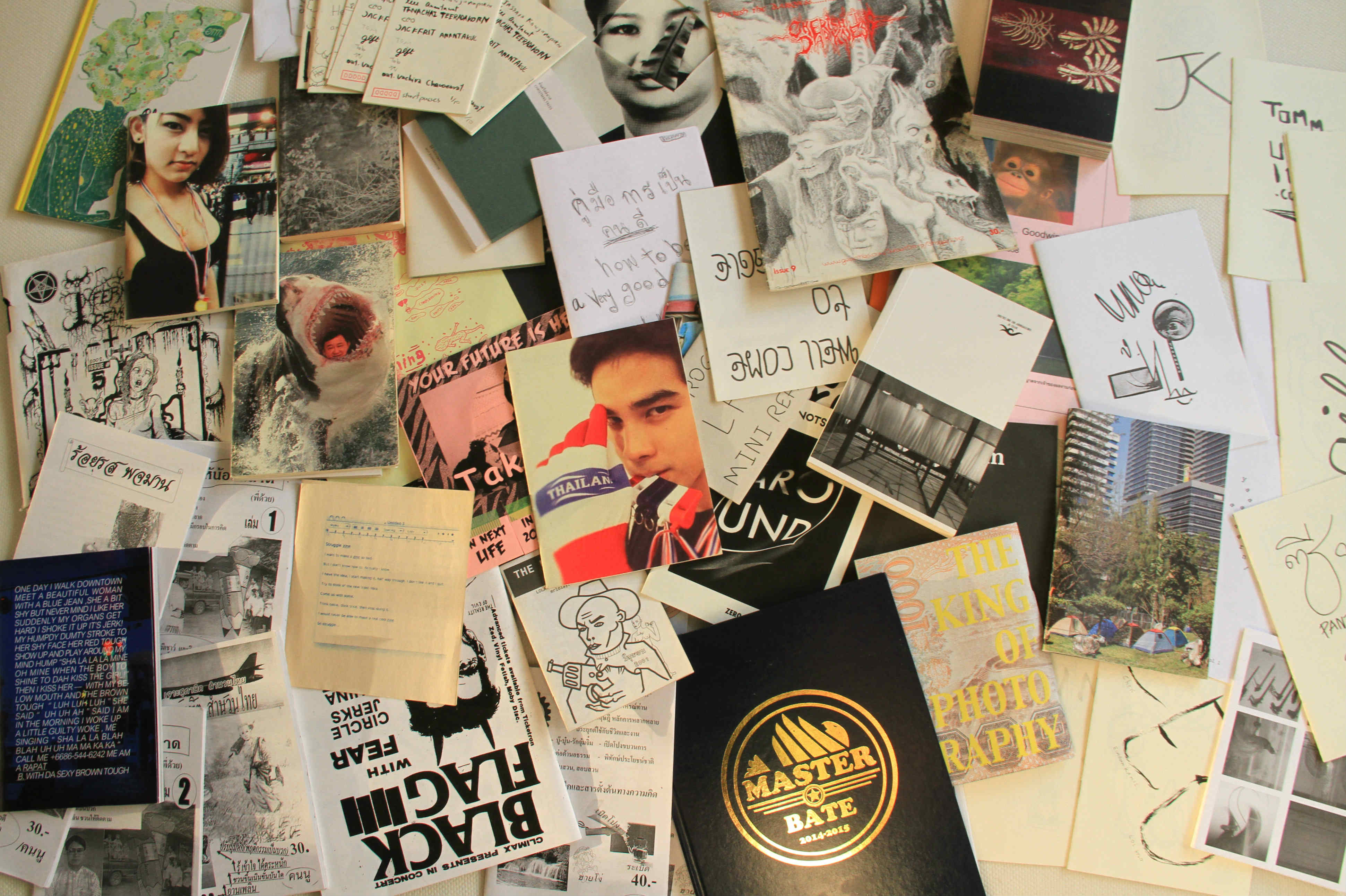
That physical appeal of zines is hard to explain. Chris and Lee struggle for words beyond “tangible” and “textile.”
But even more than the object is its social aspect. Before you could share a link through the ether, people traded zines by hand or by mail to spread and discover new things.
Lee holds a copy of “How to be a Very Good Person,” a thin stack of folded A4 papers containing rough handwriting she got from someone at a zine making fair held in December at The Jam Factory.
“This zine was left at the fair and was ignored by most of people because it didn’t look pretty,” Lee said. “But it happened to have very cool content, as I flipped through.”
The zine went into depth dissection Thailand’s hardcore politics, critical of both Red and Yellow sides of the divide. Either its author forgot to sign it or preferred to remain anonymous, as Lee believes.
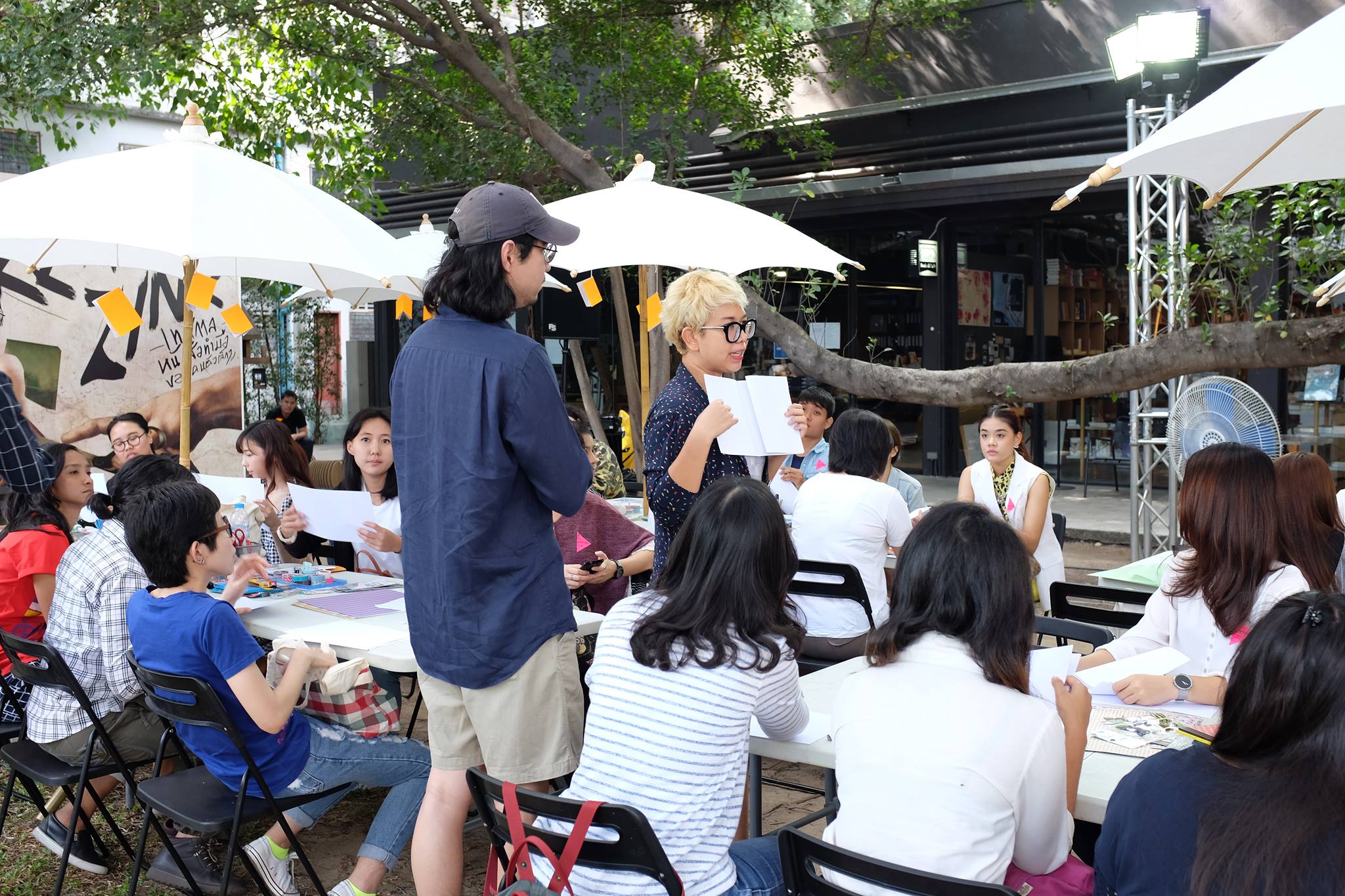
Static Snapshots
There’s no profit in zines, so I had to ask what could be the motive or value to reviving it as a form? Chris paused before blurting out: “posterity.”
“They’re for posterity of opinions, passed on from one human to another,” he said. “When you read zines again in the next five or 10 years, you’ll know what was going on back then,” his eager voice explained.
Each zine seemed to come alive as Chris and Lee took turns to telling its story, such as a tourist named Jordan who walked into a workshop one afternoon to make a zine about a near-death experience in Indonesia. Then there was “beggar writer” Anont Thaidee, who sold handmade books at Victory Monument for years before he was killed by a hand grenade thrown at a protest stage there in January 2014.
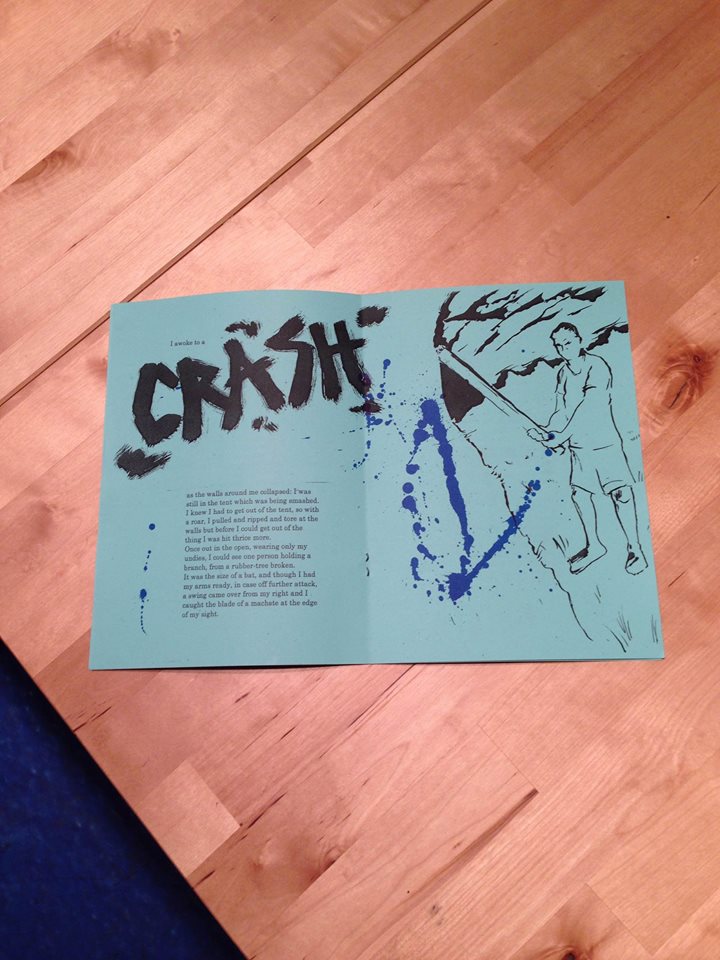
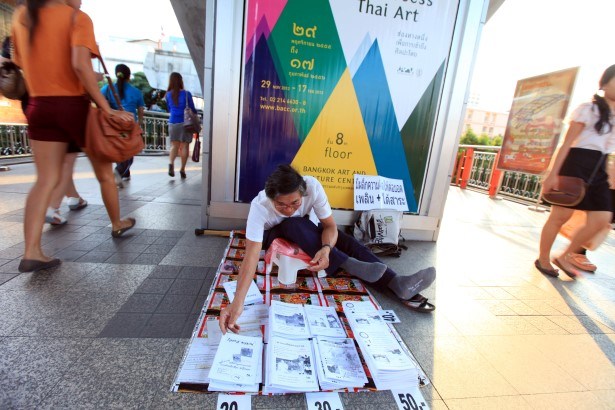
Keeping it Real
What makes a good zine? The content, said Lee. Good zines are the ones holding sincere expression. Chris and Lee agreed they’re more likely to value honest content and intent more than appearance.
Although there’s no right or wrong to making zines, she admitted to being frustrated by new creators trying to hard to make them aesthetically pleasing.
“Sometimes I can’t help criticize zines that only appear too “pretty,” or “hip” or “cool” without real content inside,” she said.
Underground self-publishing in Thailand may prove a passing trend, but Chris and Lee are hopeful it will live on because more people keep showing up.
“Like with music, we have DJs … but some people still choose to play an instrument,” Chris said.
Bangkok’s first zine fair in more than a decade is planned for this year, possibly in June. Those interested in learning about zines can contact Lee Anantawat via Speedy Grandma.
